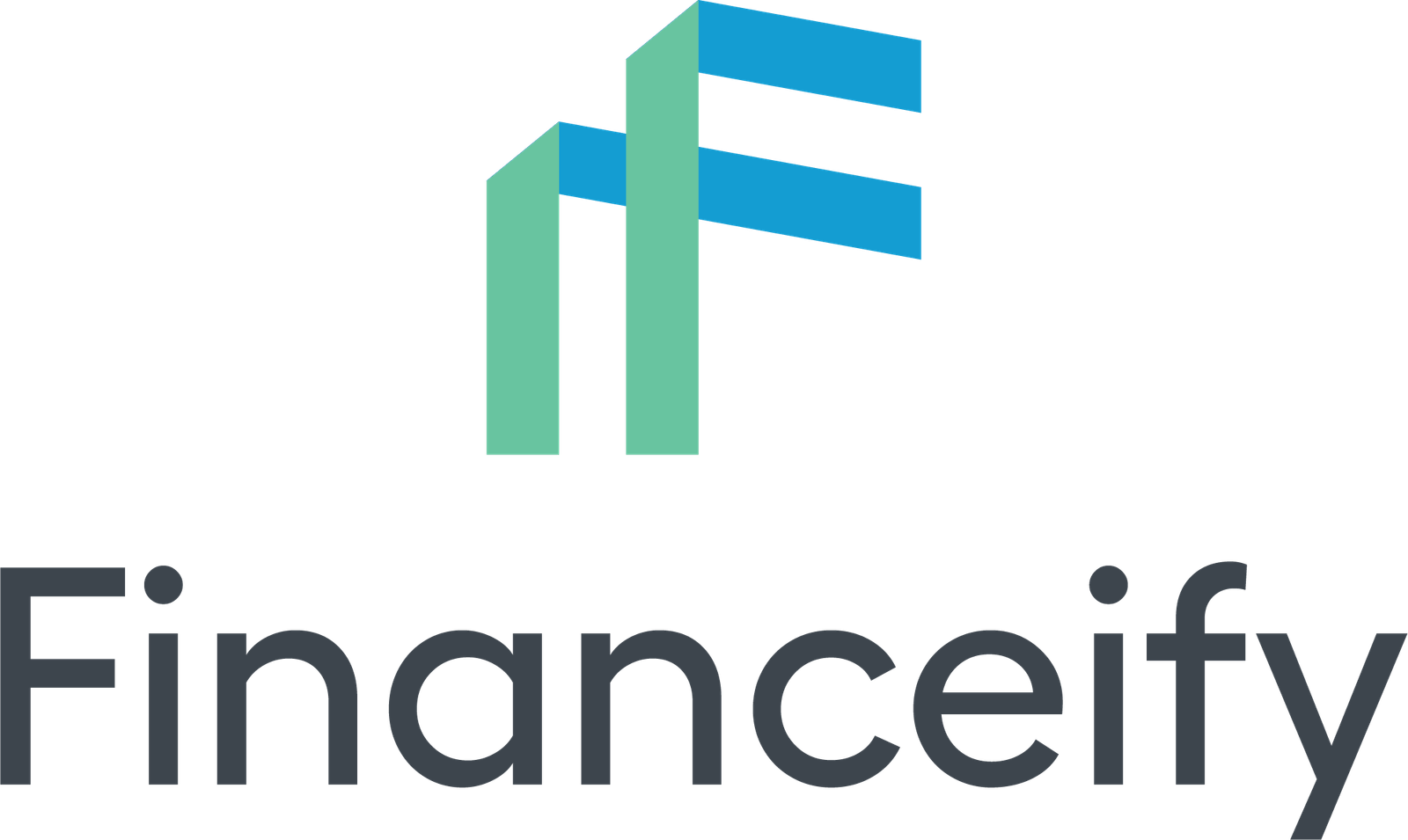Investors are one step closer to having common categories for all Canadian responsible investing funds.
The Canadian Investment Fund Standards Committee (CIFSC) released them on Wednesday. second project its responsible investment identification framework for mutual funds, ETFs, segregated funds and pooled funds. The framework classifies the full range of Canadian-listed, Canadian-based responsible, sustainable and ESG funds into six categories:
- ESG integration and assessment (e.g. investing in ESG indices; funds based on ESG principles)
- ESG thematic investments (e.g. cleantech funds and board diversity funds)
- ESG exclusions (e.g. funds using negative verification)
- Impact investing (e.g. funds that intend to generate measurable social impact)
- ESG engagement and governance activities (e.g. funds with managers who propose and/or vote for climate-related proposals)
- Best in class ESG (e.g. ESG leader funds)
Funds may fall into more than one category. Once the funds are classified, the result will be a single, consolidated list of all responsible investing funds in Canada for all industry stakeholders to use.
These six categories create a “consistent language” for analysts and investors when it comes to ESG funds, said Ian Tam, president of CIFSC and director of Canadian investment research at Morningstar Canada.
For investors who know what they want to achieve through ESG investing, “it will hopefully be much easier to find a fund that meets those goals,” he said.
There, he emphasized that the framework does not constitute a labeling, rating or certification standard stating that a fund has met a minimum standard. Membership in a category also does not indicate whether the fund is adequately implementing its specific tasks.
“It’s a disclosure-based framework, so we rely closely on what’s written in the issuance documents” and regulatory filings of funds, Tam said. However, the framework will enable investors to compare the fund’s performance with that of other funds in the same category.
By comparison, a fund’s classification as “Canadian Sustainable Equity” is in no way indicative of the fund manager’s skill, the fund’s performance or whether the fund deviates from its responsibilities, Tam said.
“We broadly support the direction CIFSC is taking,” Pat Dunwoody, executive director of the Canadian ETF Association, said in a statement. “We always try to comply with standards (and) classifications from around the world, wherever possible. This is a great step towards this goal, but also allows Canadian advisors and investors to more easily compare ESG mutual funds.”
Ian Bragg, vice-president of research and statistics at the Canadian Investment Fund Institute, said in a statement that his organization supports CIFSC’s work “and believes that investors would be well served by a framework for identifying responsible investment funds and one that provides a common set of terminology.”
CETFA and IFIC are non-voting members of CIFSC. Both organizations noted that they would provide comments on the draft framework.
Tam said the RI identification framework is complementary guidance from the Canadian securities administrators in January — in fact, the six CIFSC categories are aligned with common ESG strategies in which regulators participate notice to staff 81-334 for illustration purposes.
The six categories are also consistent with CFA Institute’s Global ESG Disclosure Standards for investment products, although compliance with these standards is not a requirement to be specified under CIFSC.
Bragg said IFIC is satisfied that the proposed framework is based on disclosure and is consistent with CSA guidance and CFA standards.
First draft of the RI framework, published in 2020, attempted to incorporate ESG and sustainability ratings from CIFSC members. “We couldn’t come to a consensus on this,” Tam said. “In some cases, the performance and ratings of the same fund were too variable to offer a very objective way of classifying funds.” For example, not every performance reflects the fund’s intentions.
For now, “the right thing to do to ensure that the framework continues to be useful for retail investors is to have a set of language that everyone can rely on,” Tam said. “We may have some kind of pass/fail gate in the future, but I don’t think we’ve had that success in Canada.”
CIFSC allows funds to apply for a classification review and this process will also apply to the RI framework. The committee meets monthly to consider such requests. There, she noted that funds could only be considered under the program if information was presented to one of the CIFSC members (Fundata, Morningstar, MSCI and Refinitiv).
Tam said the framework would come into force before the end of 2022. Comments on the proposed framework are due by June 15.


